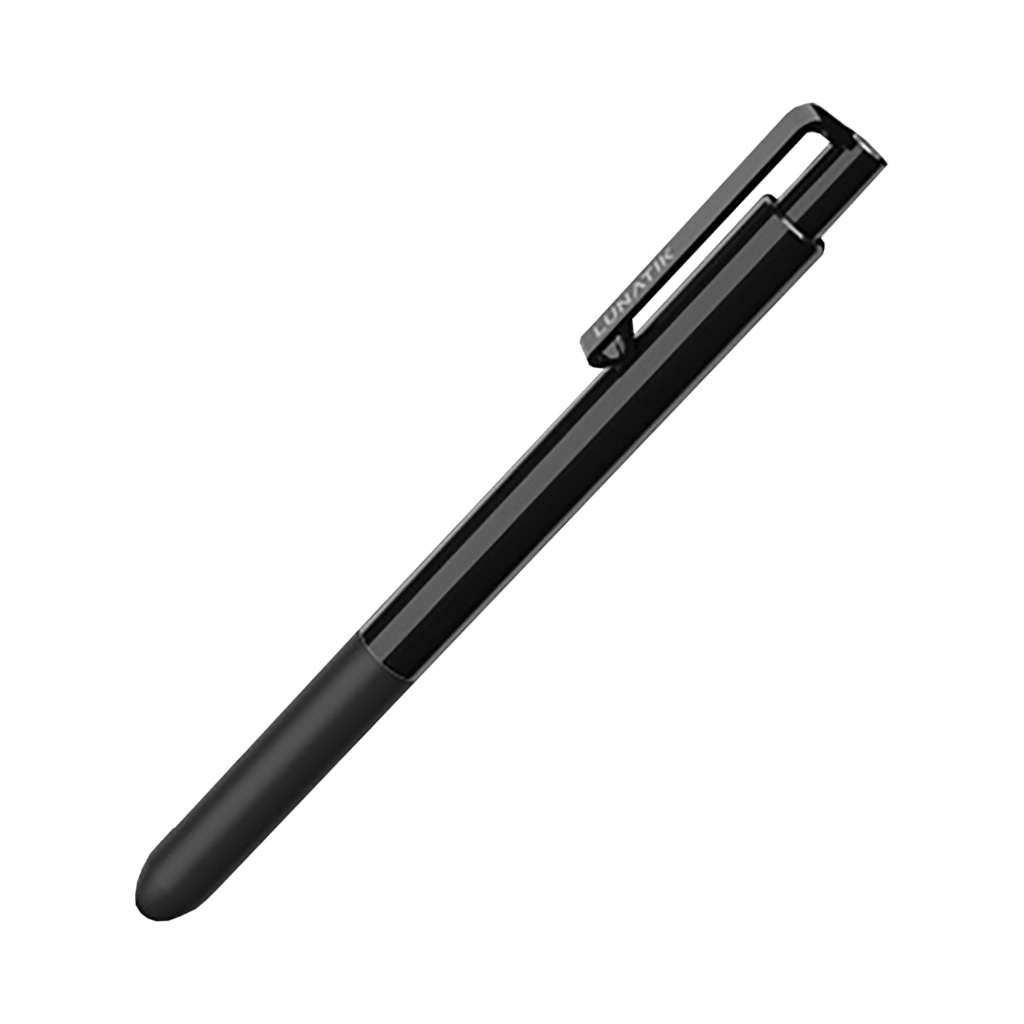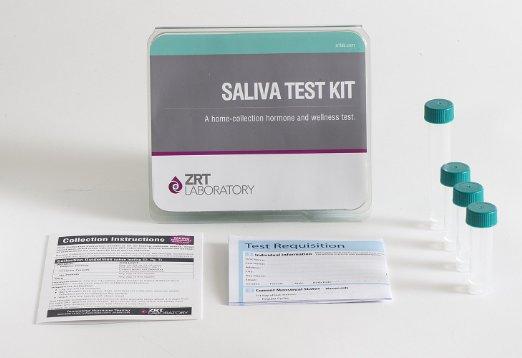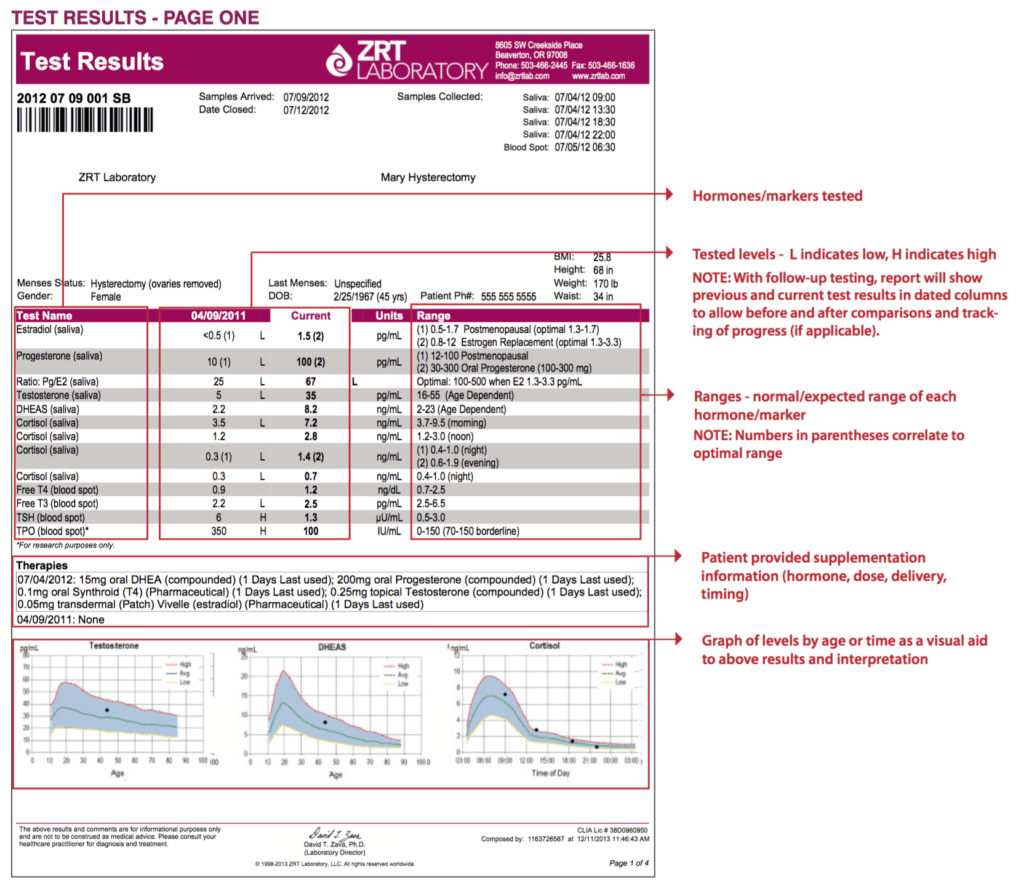 By Jane Barthelemy.
By Jane Barthelemy.
Do You Have Adrenal Fatigue? Here’s how to test yourself at home.
Do you feel tired, worn out, and have low energy no matter how much you rest, or how many doctors you visit? Weak adrenal function can be healed, and your energy can be restored.
Although doctors see millions of patients suffering from Adrenal Fatigue, sadly they are unlikely to diagnose the condition. The reasons have to do with money and the way the medical industry is organized. Our medical industry revolves around testing, diagnosis, and medication. Testing for Adrenal Fatigue is not like testing for strep throat, which is a simple swab for a bacteria streptococcal pharyngitis. It takes a highly skilled medical practitioner to observe all the threads to diagnose adrenal fatigue. Diagnosis may involve integrating your unique individual symptoms with tests for energy levels, blood pressure, hormones, thyroid function, urine, and blood. Most medical doctors have no experience in adrenal fatigue and are not trained this way. Then interpreting the test results also requires skill, because many times a patient’s test scores appear in or near a “normal” range, so the diagnosis can be unclear.
When and if a diagnosis is clear, healing adrenal fatigue is even more challenging to the medical industry. That’s because a pill just won’t do it. Yes, there may be supplements, however recovery requires changes in lifestyle, diet, and stress management. This means it’s up to the patient to take radical steps to heal. If you’re someone who loves to take responsibility for their own health, this article is for you. Please remember, I am not a medical doctor. I am sharing information that has been the most useful to me and to my healing clients.
Can I Diagnose Adrenal Fatigue Myself?
Yes you can. In fact, you have all the information at your fingertips. Above all, only you can best observe how you feel, and the self-tests are simple. This article will help you to determine if you have Adrenal Fatigue.
There are four stages of adrenal fatigue, and your results will be a bit different in each stage.
Stage 1: Extreme One-time Stress that is not chronic. There will be high levels of both cortisol and DHEA in the saliva. Calm down and take a rest. Take the lifestyle advice in this book, and don’t worry.
Stage 2: “Wired but Tired”. You’re under constant emotional stress, feeling chronically tired. Your diet is poor. There may be aberrant levels of cortisol, reduced levels of DHEA. This is the body’s way of cutting back on non-essential hormones to produce needed cortisol. Coffee and sugar dependence often starts here.
Stage 3: “Pregnenolone Steal”, happens when other adrenal hormones (DHEA and Pregnenolone) are reduced in order to supply emergency cortisol. Indicated by tiredness, lack of enthusiasm, weak immunity, and low sex drive. You may have the above symptoms, plus chronic inflammation, and underactive thyroid.
Stage 4: Burnout, Adrenal Failure – Characterized by extreme tiredness, anxiety, low libido, irritability, depression, weight loss, apathy, disinterest in the world. All endocrine hormones are low, which affects every part of the body. Recovery from Stage 4 Adrenal Fatigue requires time, patience, and lifestyle changes.
The 4 Most Reliable Self-Tests for Adrenal Fatigue:
- The Adrenal Fatigue Quiz
- Iris contraction test
- Sergeant’s White Line
- Cortisol and DHEA Saliva Test from Amazon and ZRT Labs
 Self Test #1 – The Adrenal Fatigue Quiz – If you answer Yes to 5 or more questions, chances are you have Adrenal Fatigue. Take the Quiz!
Self Test #1 – The Adrenal Fatigue Quiz – If you answer Yes to 5 or more questions, chances are you have Adrenal Fatigue. Take the Quiz!
- Do you feel an energy drop or low blood sugar in mid-afternoon?
- Do you feel cravings for salty or sweet foods?
- Do you tend to gain weight around the waist?
- Do you suffer from brain fog?
- Do you depend on coffee or sweet snacks to get through the day?
- Do you sometimes overwork, and forget to laugh in your day?
- Do you have insomnia, or difficulty staying asleep?
- Do you have a hard time getting up in the morning?
- Do you tend to feel tired, even after you’ve rested?
- Do you experience food reactions or food allergies?
Possible Additional Symptoms – These may indicate a few more symptoms that affect some but not all sufferers of adrenal fatigue, and may give you a clearer indication:
- You feel constantly tired.
- You have bursts of energy late in the evening.
- You get colds or flu easily.
- You experience any food reactions or food allergies.
- You often feel anxious for no apparent reason.
- Your hands and feet tend to get cold.
- You feel dizzy when you stand up.
- You sometimes have a tendency to be irritable.
- You sometimes feel overwhelmed.
- You are easily startled.
- You get palpitations when under stress.
- You find you have less desire for sex.
- You tend to forget to set aside time to relax and have fun.
Self-Test #2: Iris Contraction Test
This is an excellent early indication of adrenal fatigue. It tests your pupil’s strength in response to light stimulation. If your stamina is low, this test plus your other symptoms could indicate that your adrenals are depleted. The quote below describes Dr. Arroyo’s discovery in 1924 of a good way to detect adrenal fatigue.
“When exploring the pupil area reflex, I found that in the iris of those cases (adrenal insufficiency), although reacting readily to light, the contraction (of the iris) was flabby, lazy, in a word asthenia. By making the patient look at the light we see that immediately after the initial mitosis the pupil starts to dilate slowly as if it does not want to, seems to try to contract again but the dilation gains the upper hand and, after a fight between miosis and mydriasis lasting for about 40 seconds, the pupil remains dilated in spite of the persistence of the exciting agent (the light). This sign is consistent and present in all cases of hypoadrenia in all of its clinical forms. In the normal individual, it does not appear as I have investigated. All patients presenting this sign, which I should like to call asthenocaria, have been benefited by suprarenal medication (Dr. Arroyo, CF. Med Jour. and Rac., Jan 2, 1924)
 Instructions for the Iris Contraction Test:
Instructions for the Iris Contraction Test:
You’ll need a flashlight or penlight, a chair, a mirror, and a stopwatch or phone app.
Darken the room and sit down in the. Shine a flashlight across one eye (not directly into the eye) and watch what happens in the mirror. Under normal circumstances the black pupil in the center should immediately contract and stay contracted. This happens as the iris, a tiny circle of muscle fibers opens and closes the pupil in response to light. Just like any muscle, when it has been exercised beyond normal capacity, it wants to rest. However if you have low adrenal function, the pupil will not hold the contraction easily. It will soon dilate (open) in spite of having a light shining on it. In this case, the iris will open (dilate) within 2 minutes, and will stay open for 30 to 45 seconds before it recovers and contracts again. Use your timer to notice how long the open dilation lasts, and write down the number of seconds.
Now rest your eyes. Many people find their pupils pulse or waver quickly, and this does not necessarily indicate Adrenal Fatigue. However if your pupil opens for a prolonged period of time, this could be a big indicator of Adrenal Fatigue. If your pupil wavers, or remains closed most of the time, then this is not a clear indicator of adrenal fatigue. How long your pupil remains dilated is usually an indication of how serious your condition is.
You can do this test with the help of a friend. Ask your friend to shine the light across your eye while you both watch the pupil size. Dr. Wilson, world expert on Adrenal Fatigue and author of my recommended book, suggests you retest the iris every month during your healing. As you regain your health, the pupil should hold the contraction longer. If your Adrenal Fatigue is mild, your iris may not show any weakness, and stay contracted the whole time. That would be a positive sign, but not a clear indication you’re free of AF. (Source: Adrenal Fatigue: The 21st Century Stress Syndrome)
Test #3: Sergeant’s White Line Test
This test was first described by a French endocrinologist in Paris, Emile Sargent in 1917 as a simple test for low adrenal function that is still useful today. Considered a reliable test for moderate to severe hypo-adrenia, it is not always a good test for mild cases. It tests positive in about 40% of people with adrenal fatigue. However, it this one tests positive, you can consider it an almost irrefutable confirmation of adrenal fatigue.
Instructions:
To do this test, uncover the abdomen for 15 minutes so that the skin can be seen in good light. Use the dull end of a ballpoint pen or a chopstick and lightly stroke the skin of your abdomen, making a mark about 6″ long, without scratching or breaking the skin’s surface. Within a few seconds a line will appear.


Normal adrenal patients will show an initial white line and then it will turn red in a few seconds. However, when adrenal fatigue is present, the line will stay white for approximately two minutes, widening, and no red line will appear.
| Time | Color of Line | Adrenal Results |
| Few seconds | Initially white line, then reddens | Normal |
| 2 minutes | Line stays white, widens | Fatigue |
Watch the line!
If your adrenal insufficiency is clear, a white line will develop in about a minute, and persist for 1-3 minutes. The explanation is that in adrenal insufficiency there is generally low blood pressure, with peripheral widening of the blood vessels, and light stimulating the skin causes a narrowing of the blood vessels without blanching the skin. Dr. Sergent found the white line test to be of great diagnostic value, although he warned against seeking absolute tests, as this test can fail in cases of either very mild or very serious adrenal fatigue due to other factors. Presumably Dr. Sergent was testing white-skinned French patients, so I don’t know if this test will work on black skin. Please try it and let us know!
Test #4: Saliva Test for Cortisol and DHEA Hormones, by ZRT
This is the top industry standard test for hormones, available from ZRT Labs through Amazon.com. You buy a kit, take a saliva sample at four points during the day, and send it in to ZRT. This is an excellent test for assessing full adrenal function. Test results tell the extent to which stress hormones are out of balance and serve as a guide to effective stress management. The kit comes with an easy mailing envelope. In a few days you’ll have your results. ZRT offers tests of cortisol only, however for the same price you can also test DHEA hormone, which is a useful indication. A saliva test is considered more accurate than blood for cortisol and DHEA, because it measures ALL the hormones including free and circulating amount of each of these. Patients usually get their results back within a few days, which makes the whole process quicker than seeing a doctor. Look for this product: Adrenal Stress Profile – Saliva Test Kit For 5 Hormone Level Imbalances (DS, Cx4) ZRT/Virginia Hopkins Test Kits
DHEA can be measured at any time during the day, however cortisol levels vary throughout the day, highest in the morning and lowest in the evening before bedtime. For this reason, the recommended tests require four saliva samples: 8 am, Noon, 5 pm, and before bedtime. The multiple samples give ZRT labs the ability to map the daily diurnal curve of free cortisol in the body relative to DHEA levels, allowing them to have a much clearer picture of adrenal function.
 Adrenal Stress Profile – Saliva Test Kit For 5 Hormone Level Imbalances (DS, Cx4)
Adrenal Stress Profile – Saliva Test Kit For 5 Hormone Level Imbalances (DS, Cx4)
By ZRT/Virginia Hopkins Test Kits, available from Amazon.com.
Interpreting Your Saliva Test Results
Aha! Here’s the fun! Many people find their lab results clear enough to proceed with a self-designed healing program. However you may find it most helpful to interpret all these tests in the light of your questionnaire and your individual symptoms with an astute and experienced medical clinician, if you can find one.
Relying on a single snapshot test is a common mistake in recovery. For example, patients may rely on laboratory tests without understanding their limitations. This may lead them to embark on a self-guided nutritional recovery program that either does not work, or makes their condition worse.
 This is a sample graph of saliva cortisol levels at different times of day. Yours will be different.
This is a sample graph of saliva cortisol levels at different times of day. Yours will be different.
These are the normal high and low ranges for DHEA and Cortisol levels. If your results are outside these norms, you may have Adrenal Fatigue.
| Normal Range Cortisol saliva levels morning | 3.7 – 9.5 |
| Normal Range Cortisol saliva levels noon | 1.2 – 3.0 |
| Normal Range Cortisol saliva levels evening | 0.6 – 1.9 |
| Normal Range Cortisol saliva levels night | 0.4 – 1.0 |
| Normal Range DHEA saliva | Age dependent, check with ZRT labs |
Sample Saliva Test Results from ZRT Labs

General correlations on how saliva cortisol and DHEA levels relate to Adrenal Fatigue, from ZRT:
- Normal cortisol, normal DHEA does not rule out Adrenal Fatigue.
- Normal cortisol, high DHEA points to early Adrenal Fatigue or excessive DHEA intake.
- High cortisol, normal DHEA points to early Adrenal Fatigue as the body puts out more cortisol relative to DHEA as part of the stress response.
- High cortisol, high DHEA is commonly associated with chronic stress.
- High cortisol, low DHEA usually points to early phases of Adrenal Exhaustion.
- Low cortisol, low DHEA usually is associated with late phases of Adrenal Exhaustion.
The above correlations are very general. There are many exceptions to the rule. Paradoxical values are common especially in those who have a sensitive body or in advanced Adrenal Fatigue. Delayed response needs to be factored in as well. Do not rely on a single saliva snapshot to draw clinical conclusions. Serial studies are needed in most cases for best interpretation.
Interpreting Saliva Cortisol Tests can be challenging. To be useful, saliva cortisol levels must be seen in the context of all your other symptoms:
- Morning free cortisol level is indicative of peak cortisol output.
- Lunch cortisol level points more towards cortisol adaptability.
- Mid-afternoon cortisol is highly associated with metabolic issues such as blood sugar imbalances.
- Evening cortisol level refers to baseline adrenal cortisol function.
Computerized laboratory interpretation is of limited value. In fact, it can be misleading if we fail to match the different cortisol values with the body’s symptoms throughout the day along with the clinical state. http://www.zrtlab.com/resources/collection-instructions
Stress at the time of collecting saliva affects hormone levels. Your cortisol level tested after a quiet and relaxing morning will differ from that taken when you are under tremendous stress. Warning: Because individual variation is wide, and the body is constantly changing, you should do these lab tests in an appropriate setting and only when needed, to make sure they are relevant and cost-effective. We often see Adrenal Fatigue symptoms mixed together with normal laboratory results. In advanced Adrenal Fatigue, the 24-hour saliva cortisol curve invariably becomes flattened most of the time and can stay that way for an extended period of time, even during recovery. Sometimes we see a delayed response, which means the test results may be confusing and misleading. Over-reliance on tests is a common adrenal recovery mistake.
Final Results: Now that you’ve taken all the tests, what are your results?
- The Adrenal Fatigue Quiz _____ # Answered YES
- Iris contraction test Normal?_____ Adrenal Fatigue? ____
- Sergeant’s White Line Normal?_____ Adrenal Fatigue? ____
- Cortisol and DHEA Saliva Test from Amazon and ZRT LabsNormal?__________ Adrenal Fatigue? ____________
The diagnosis is yours.



